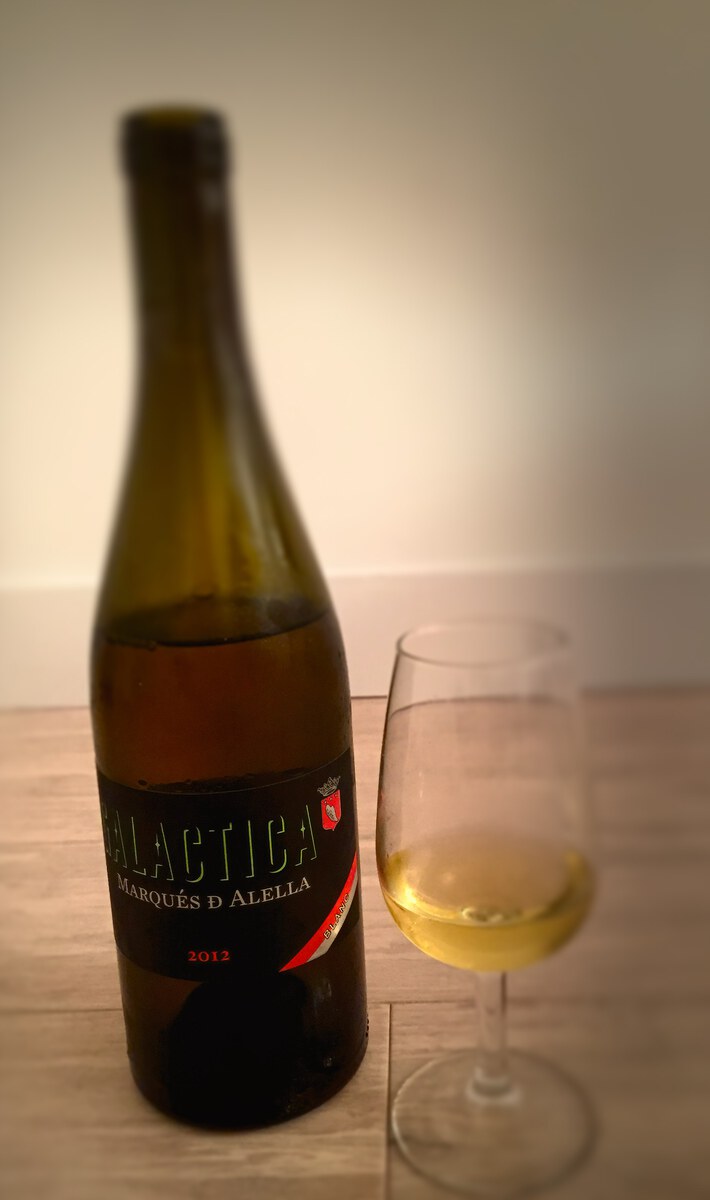Marqués de Alella "Galáctica" 2012
100% Pansa Blanca (Xarello)Structured and elegant. Citrusy, peach, almond, hay.
Tasting Notes
The 2012 Marqués de Alella Gálactica is a rich, structured and complex wine. On the nose, notes of citrus fruits, peach, almond and hay.
On the mouth it’s smooth, buttery a full-body white. The finish is persistent and elegant.
Given the price range this is a bottle I would very much recommend.

|
|
Marqués de Alella |
|
|
Galáctica |
|
|
White & Still |
|
|
Spain |
|
|
Penedes |
|
|
Pansa Blanca (Xarello) |
|
|
2012 |
|
|
How it's made
It partly ages in concrete ‘eggs’ and partly in French oak.
Learn more
Barrel wood types
Barrels for wine making are almost only made of oak. Occasionally other types of wood are used, such as acacia and cherry.
One mature oak tree, after growing for decades, will result in only two barrels. So barrels are a rare, expensive tool!
Barrels can be French or American oak. Sometimes they are made of Slavonian oak.
America vs France
With “American” oak, what we really mean is oak from the States, Missuri generally. Because of the differences in climate, French oak is more “dense” than its American sibling. This seems to have an impact in the wine. With denser wood less oxygen passes onto the wine. So, broadly speaking, American oak barrels will pass more “flavours” and oxidise the wine more. That is why, American oak seems to be better suited for fermenting bolder grapes, which can better “take” a stronger interaction of the wood and oxygen influence.
American oak is not only used in the New World. IN the same way, French oak is not only used in Europe. For example, American oak is famously used in the production of Rioja wine in Spain.
As for Slavonian oak, it seems to add a different flavour spectrum to the wine, with notes of clove and nutmeg as well as more “richness” to the texture of the final wine.
Link to here...
